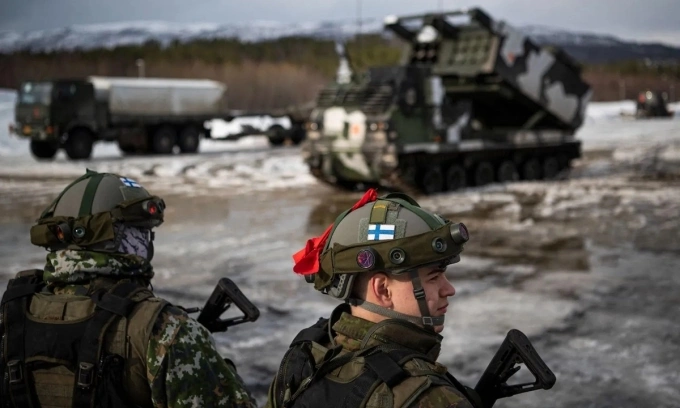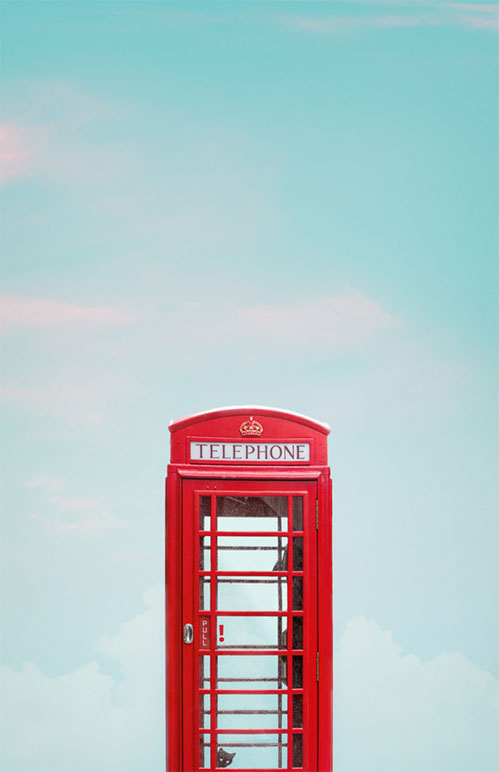
Nordic Nations Unite to Transform Europe’s Defense Landscape
For decades, the Nordic countries were known for their commitment to neutrality and peace over militarization. That image is rapidly changing.
Denmark, Norway, Sweden, and Finland—Europe’s four major Nordic nations—are emerging as a model for regional defense integration, moving decisively to reduce dependence on the United States and reassert themselves as key players in European security. All four are among the top contributors to Ukraine on a per-capita basis and are now at the forefront of reshaping Europe's defense architecture.
Sweden boasts an advanced defense industry producing submarines, main battle tanks, and supersonic fighter jets. Norway has cutting-edge maritime surveillance and Arctic warfare capabilities. Finland maintains one of the largest standing armies and artillery forces per capita in Europe. Denmark’s elite forces have decades of combat experience in some of the world’s most dangerous conflict zones, including Afghanistan and Iraq.
“They have the economic scale and industrial potential of Germany—but with a completely different sense of threat and political will,” said Eric Ciaramella, a senior fellow on Russia and Eurasia at the Carnegie Endowment for International Peace.
Historically, the Nordics share deep cultural and historical ties. Once fierce rivals—Denmark and Sweden even waged bloody territorial wars in the early modern era—they’ve grown closer in recent years. In a symbolic gesture of reconciliation, Sweden still allows the Nobel Peace Prize to be awarded in Norway, even after the two dissolved their union in 1905.
Now, over three years into Russia’s full-scale war on Ukraine, a renewed sense of urgency is binding them together like never before.
“For the first time since the Kalmar Union in the 1400s, the Nordics are aligned around a shared security strategy,” said former NATO Secretary General Jens Stoltenberg, a former Norwegian prime minister. “They’ve realized the importance of deep military cooperation at a level we haven’t seen in centuries.”
In 2023, the four nations merged their air forces under a joint Nordic Air Command. Last year, they unveiled a shared defense vision through the Nordic Defence Cooperation framework, aiming for full strategic alignment by 2030.
Analysts say these moves are part of a broader effort to reverse decades of post–Cold War disarmament. The urgency has grown as confidence in U.S. reliability under Donald Trump has waned across European capitals.
No country has internalized this shift more than Denmark, which has clashed repeatedly with Trump over his calls to “purchase” Greenland, a Danish territory in the Arctic. Currently, Denmark defends the island with just seven aging ships—none equipped with modern weapons or sensors—and a small snowmobile-mounted special forces unit.
“This is pure anxiety,” said Peter Viggo Jakobsen, associate professor at the Royal Danish Defence College, referencing Denmark’s decision in February to boost military spending by 70% over the next two years. “We’ve lost trust in the U.S. That’s why we’re going all in on Nordic cooperation. If NATO can’t deliver, the Nordics are our backup plan.”
While this assertive military pivot may seem at odds with their global image, the transformation has been quietly underway for years.
Finland has one of Europe’s largest mobilization forces per capita. It can field 280,000 troops within weeks, and roughly one in six Finns—around 900,000 people—are trained reservists. Underground shelters across the country can accommodate nearly the entire civilian population. Finland is also considering withdrawing from the Ottawa Treaty, which bans anti-personnel landmines.
Sweden, meanwhile, has ramped up modernization efforts. Its Gripen fighter jets—designed for short-runway deployments—participated in NATO surveillance missions for the first time in March. Its Stridsvagn 122 tank is among the world’s most advanced, and the CV90 infantry fighting vehicle is widely regarded as one of the best in its class.
Both Sweden and Finland have reinstated mandatory military service. In Sweden, the draft is gender-neutral and highly selective, allowing the country to maintain an elite force even as other European militaries struggle to recruit. In fact, Sweden turns away thousands of applicants each year who fail to meet the bar.
Norway—long criticized for underinvesting in defense despite its $1.5 trillion sovereign wealth fund—recently doubled its aid commitment to Ukraine, pledging over $8 billion for 2025.
“We have to do more for Ukraine,” Stoltenberg said. “But we also need more equitable burden-sharing across NATO.”
Denmark has become one of Europe’s most vocal advocates for rearmament. In March, Prime Minister Mette Frederiksen said she would not rule out hosting nuclear weapons on Danish soil—a historic shift for the nation. After donating its entire artillery stockpile to Ukraine, Denmark is now helping fund Ukrainian defense companies to produce battlefield-ready weapons.
“This is a sustainable way to enhance deterrence against Russia,” said Anna Wieslander, Northern Europe director at the Atlantic Council. “Tying our defense industries together sends a very powerful signal.”
Still, the Nordic bloc may not always move in lockstep. Denmark and Sweden have expressed willingness to send peacekeepers to Ukraine once a ceasefire is in place. Finland, with a 1,300-kilometer border with Russia, may prefer to keep its forces at home.
For now, however, a unified Nordic front offers a compelling model for regional defense cooperation—one that could inspire similar efforts in hotspots like the Black Sea. And if NATO falters under a future Trump presidency, experts say the Nordics are preparing for the worst.
“This could be Plan B if NATO fails,” said Matti Pesu, senior analyst at the Finnish Institute of International Affairs.
(Sources: WSJ, AFP, Reuters)
Hello Shuttle will strive to bring the latest updates. At the end of the day.
Are you looking for reliable airport and cruise port transfer services in Los Angeles?
We offer professional, safe, and punctual transportation from
Los Angeles Airport - LAX
Long Beach Airport - LGB
John Wayne Airport - SNA
San Pedro cruise port
Long Beach cruise port
Disneyland
and other destinations.
Let us make your journey stress-free and comfortable with our dedicated drivers and high-quality vehicles. Book now for the perfect travel experience at www.helloshuttle.com or call 944-800-5678!


